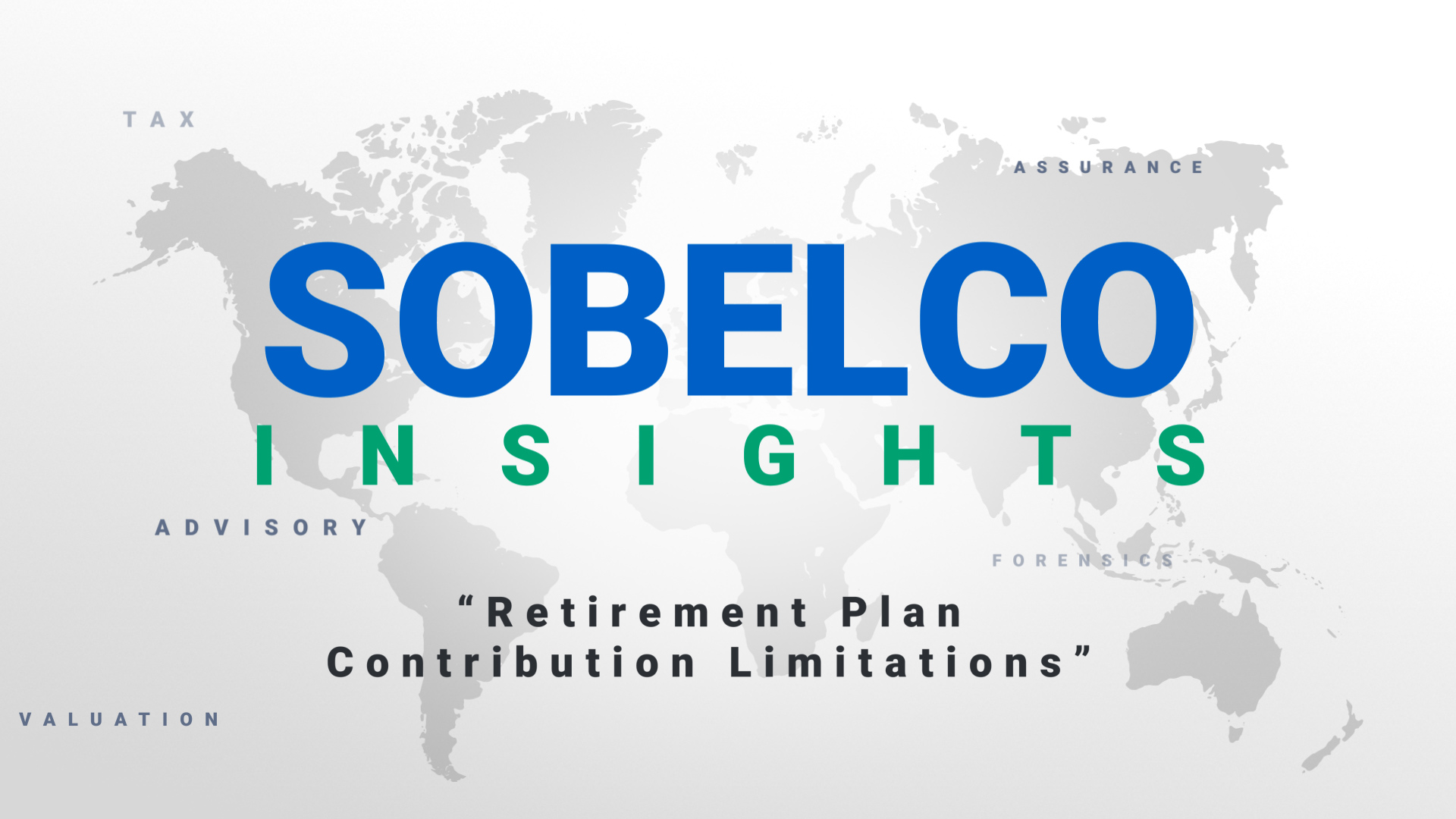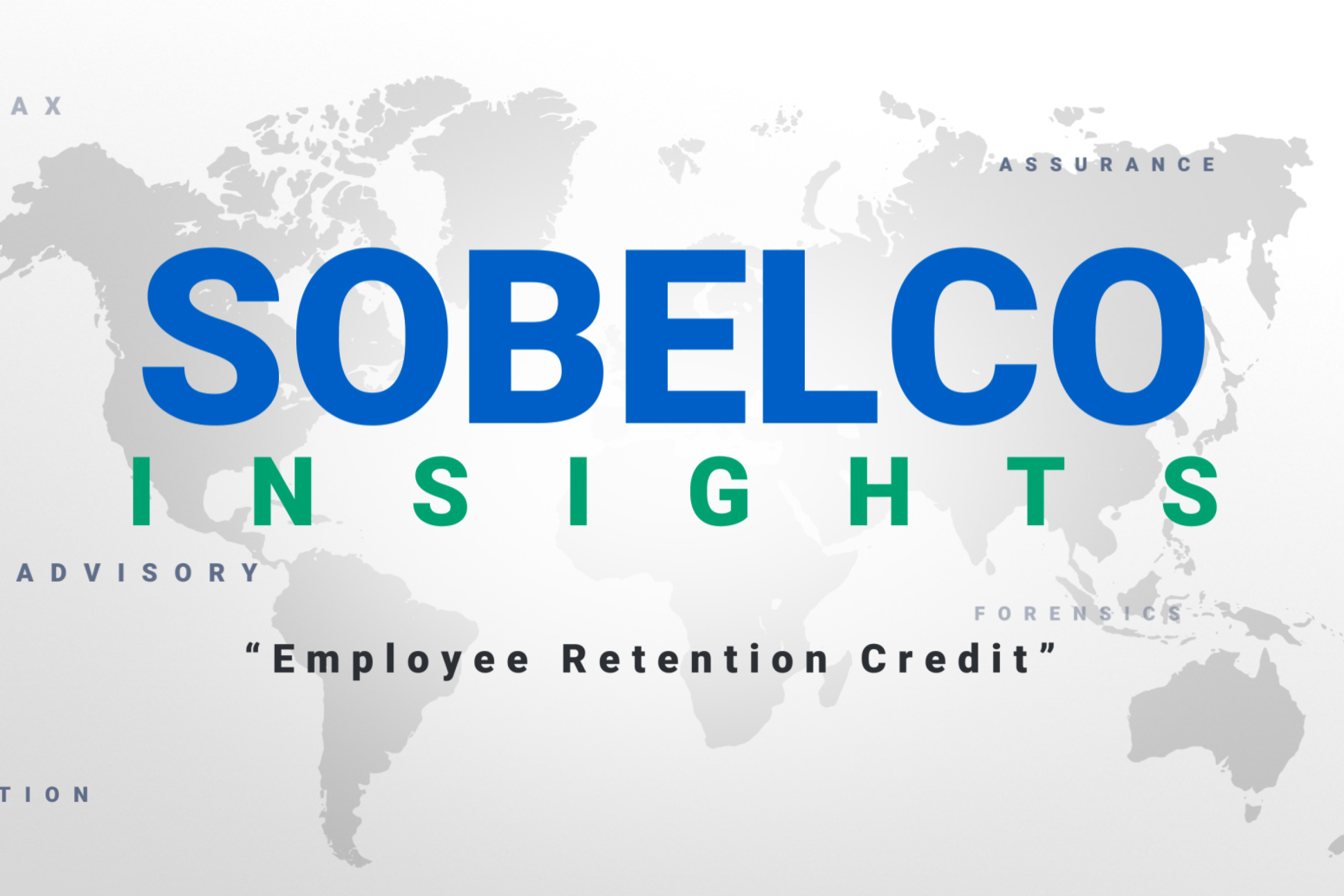
Intellectual property (“IP”) refers to, and includes, trademarks, copyrights, patents and trade secrets. IP is one of the most valuable assets of any business, but is often overlooked. Read on for quick tips to protect your trademark and copyright assets and help protect against claims of infringement.
Trademarks
A trademark is a source identifier, such as a brand name or logo, used to distinguish one party’s product or service from another’s. When developing a new trademark, businesses should try to come up with a strong, unique and distinctive mark as it will be entitled to broader protection. To the contrary, descriptive marks, or those that convey an immediate idea of what they are used with, are only entitled to narrow protection under certain circumstances and generic marks – such as the word “MILK” for a brand of milk – are never protectable.
After coming up with a distinctive trademark, but before starting to use it, businesses should ensure the mark does not infringe on the prior rights of others by conducting a clearance search. Just looking for exact matches is not sufficient to clear a mark – courts and the United States Patent and Trademark Office look at whether there is a “likelihood of confusion” between marks. A similar mark used in connection with similar goods and services could be enough to create a likelihood of confusion. Consider consulting with a trademark attorney who can conduct a clearance search and help evaluate risks.
In the United States, trademark rights are acquired by use – the first person to use a mark in commerce has priority. Businesses should seriously consider obtaining federal trademark registrations for their trademarks. Doing so grants a number of benefits, including nationwide priority and protection, constructive notice of ownership and helpful presumptions in case of a dispute. For businesses looking to expand overseas, a U.S. registration can often be used as the basis for an international registration. Assuming they are properly maintained, trademark rights last as long as the mark is still being used.
Copyright
A copyright protects original works of authorship – such as literary works, artistic works and even software. Copyright protection exists from the time a work is created in a fixed form and automatically becomes the property of the author, except in the case of a work made for hire. A work made for hire is a work that is either created by an employee within the scope of her employment or a work specially commissioned from a non-employee, if it falls into one of a few specific categories and there is a written agreement saying it is a work for hire. Because of the presumption of ownership in authors, when businesses retain an independent contractor to create something, it is crucial that ownership of that creative material be addressed in writing.
Though registration is not required to get copyright protection, obtaining registration can confer some great benefits. For example, if a copyright registration is obtained before or within three months of first publication or prior to infringement, the owner can seek statutory damages and attorney’s fees in an action against an infringer. In fact, copyright owners cannot even bring a lawsuit for infringement until after a copyright registration has been issued. Thus, businesses should consider obtaining registrations for those works that they deem highly important or valuable prior to publishing them.
Businesses must also ensure that they are not infringing the works of others. If you want to use a work protected by copyright, as most recent works are, get permission to do so.
General Tips
For all types of IP, businesses need to ensure that it is clear who owns it, who can use it and how they can use it. This includes making sure that transfers of IP rights are timely documented. Businesses should also instruct employees on proper use of company IP. Finally, businesses should avoid using anything that they did not create themselves unless they have paid for a license, secured permission, confirmed it is in the public domain or consulted with an IP attorney.


